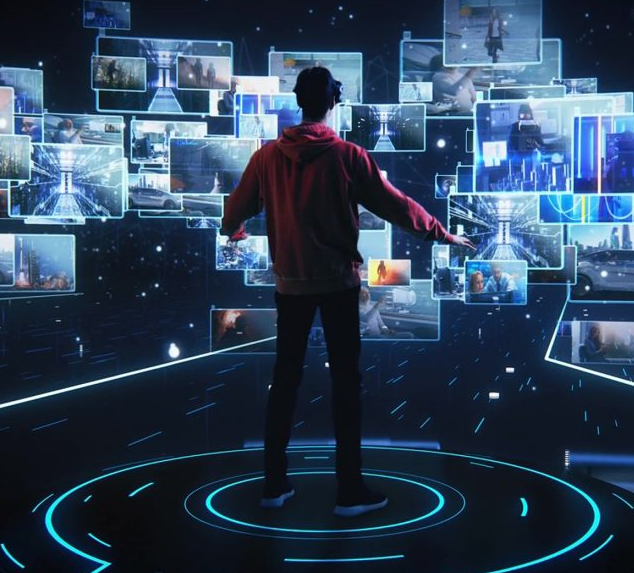
If we look at the current problems of Web 2, Web 3.0 is the next logical step to improving the Internet for users. By leveraging peer-to-peer (P2P) technologies like blockchain, virtual reality (VR), the Internet of Things (IoT), and open-source software,

Decentralization would make native crypto payments accessible to anyone, and eliminate the expensive intermediaries in the traditional Web 2 payment infrastructure.

Instead of a few large entities controlling participation or prohibiting inter-platform communication, anyone can freely interact with others in Web 3.0

The network Web 3.0 would allow users to participate without trusting anything but the network itself. These ideas will be supported largely by blockchain and cryptocurrency.
Potential benefits of Web 3.0
GETTING STARTED
1
Financial freedom
Web 3.0 will empower users by allowing them to take control, create, and own their content and data. And because Web 3.0 is based on blockchain technology, users will be able to easily access ecosystems facilitating decentralized finance (DeFi) and other tools to achieve financial freedom.
2
Increased data security
Data held by tech giants in centralized databases are vulnerable, as hackers would need to access only one system to compromise user data. With decentralized solutions to store and manage data, private information can be more securely held.
3
Control over the truth
Without a central power, users will not be subjected to unfair censorship. Without the power of censorship or the ability to erase specific content, it will be significantly harder for large companies to control the narrative of any discourse.
4
True data ownership
With one of the focuses of Web 3.0 being data ownership, users will be able to regain control of their data and even monetize it if they wish to do so.

What is Blockchain?
Your one-stop guide to all things in crypto. Whether you're a beginner trying to understand mining or a veteran looking to develop a trading strategy, we've got you covered.
A Blockchain is an immutable database; if you change a block, it changes the fingerprint. And since that fingerprint is included in the next block, the next block is changed too. You end up in a domino effect where any change becomes evident. You can't alter any information without everyone noticing. As each fingerprint points back to the last one, you end up with a chain of blocks; called Blockchain.

How to mine crypto!
Blockchain networks use mining to create and validate new blocks of transactions and secure the network. In the process, the miners use significant amounts of computational resources to create new units of cryptocurrencies, increasing their existing circulating supply. However, it's also possible to disrupt a blockchain with a so-called 51% attack. While very unlikely, especially for the larger blockchain networks, a single entity or organization could, in theory, take over 50% of the network's computing power. That amount of mining power would let the attacker intentionally exclude or alter the ordering of transactions, also enabling them to reverse their own transactions.

How does Real Estate exist in the metaverse?
For newcomers to the metaverse, digital real estate can sound like an oxymoron. The
idea of physical property and real estate are firmly intertwined. However, while
blockchain-based real estate in the metaverse may not be physical, in the same
contracts or perhaps even stronger contract, ownership rights over a plot of
(digital) land. Land
ownership in a game, community, or other platform is represented by an (NFT).
Many people purchase metaverse real estate NFTs because;

If you can't find what you're looking for, our support team is always ready to help you start your crypto journey.